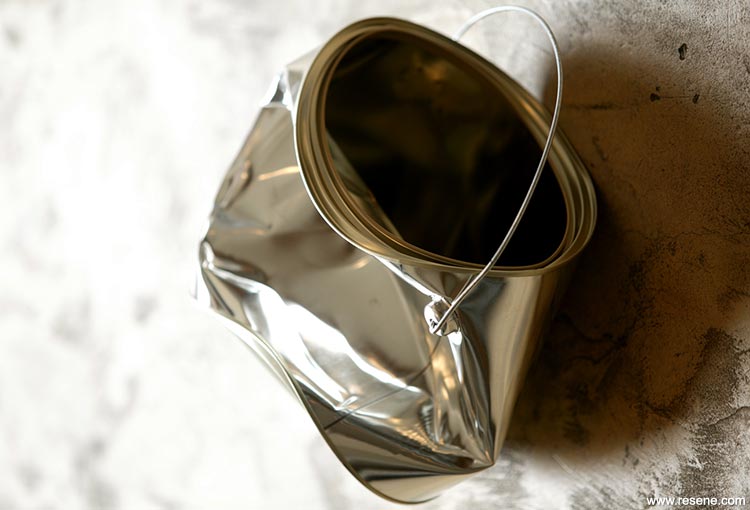From Habitat magazine - issue 01
We’re a country of DIYers and we certainly have the TV home renovating shows to prove it. We’re also a country with a reputation for being clean and green. How can we bring the two closer together?
The question is, what should you be thinking about when it comes to your next round of renovations, if you’re interested in helping out the environment? Among the many answers, we could list recycling, sustainability and rubbish disposal when it comes to actually knocking things down and rebuilding. However, there are also issues such as energy-efficiency that you might consider in the process too.
In planning your renovation, think about insulating ceilings, walls and wooden floors to keep the house warmer in winter and cooler in summer. Consider double-glazing your windows or triple-glazing them if you’re in the lower half of the South Island, to minimise heat loss. Shade northern and western windows from the sun to prevent the house from overheating in the summer, and use thermal-backed drapes to keep the warmth in and the cold out at night.
Remember, too, that the use of masonry and concrete where appropriate will stop your home from getting too warm through the day, and will give back that heat after the sun goes down. Stone or concrete are also great for around fireplaces, where they absorb warmth and then release it after the fire has died out.
In terms of electricity use, dense wool or underlay-backed rugs on concrete and wooden floors will help with warmth underfoot. If you’re buying new appliances as part of the project, look for their energy rating and choose models that use less power and water. Install a solar water-heating system and heat your water for free, or investigate continuous-flow water heating, which warms only the water you use, rather than the whole cylinder. Choose low-flow taps and shower fittings in the bathroom to conserve water, and put a timer on your electric towel rail, so it is only on for a limited period each day. Then, sit back and see how much you save on your power bill!

Once you reach the demolition stage, think about how much of your renovating rubbish can actually be recycled. For example, look at how you can re-use any doors and windows, rather than buying new. And rather than taking to the kitchen cabinets with an axe and tossing them straight into the skip, try selling them first: trademe.co.nz and your local paper are good places to start. Not only will you be helping someone else out, but you’ll reduce the burden on the environment and might be able to top up that decorating budget by a few dollars at the same time.
By the same token, old wood should be taken to your local recycling centre, rather than to the tip. That includes everything from 4 x 2s to tree prunings. When it comes to replacing that framing, the choice of plantation-grown timber, whether it’s local or imported, will help protect our native forest ecosystems.
And all this is just the tip of the iceberg. There are many magazines and a whole host of websites at your fingertips to provide hints and guidance for your green renovating project.
Work out exactly how much paint you need for the job – your local Resene ColorShop can help you with this. If you do have a little left over, use it up – apply another coat or paint the dog kennel. If you really over-estimated, save it in the original can, tightly sealed and stored out of the reach of children. If you absolutely can’t use it, donate it to a local school or community group.
Alternatively, waterborne paints in their tins can be left to dry completely by removing the lid. Most councils will allow empty paint containers like this to be disposed of in the weekly kerbside recycling programme – just leave the lid off so the refuse collectors can see the paint is dry.
Solventborne paints (alkyd- or oil-based) require special treatment. They are hazardous and should be disposed of with care – never pour them down storm drains, the household sink, or on the ground. You can contact your local council or Resene ColorShop for advice, or – if you’re in Auckland – look up the Auckland Regional Council HazMobile, a collection service for household hazardous waste.
The HazMobile sets up shop in public carparks in Auckland about 15 times a year to receive unwanted hazardous waste. It will accept anything from the home, garden, or garage that is potentially dangerous – substances that are explosive, flammable, corrosive, chemically reactive, toxic and ecotoxic. To find out when your next HazMobile day is, phone the ARC Enviroline on 0800 80 60 40.
Solvents such as paint thinners, turpentine and mineral spirits should also never be poured down the drain. They have an unlimited shelf-life, so keep them for next time.
For more ideas on environmentally aware painting, check out www.resene.co.nz/paintwise.htm.
Search habitat magazine stories
Printed copies of habitat highlights are available from late March 2024 at Resene ColorShops and resellers, while stocks last. You can view back issues of habitat magazine online.
Specifiers:
If you have an idea, project or story that you think would suit habitat, we’d love to hear from you. Please drop us an email with your details and include photos if submitting a project.
Sign up for a DIY card and Save! Australia | New Zealand